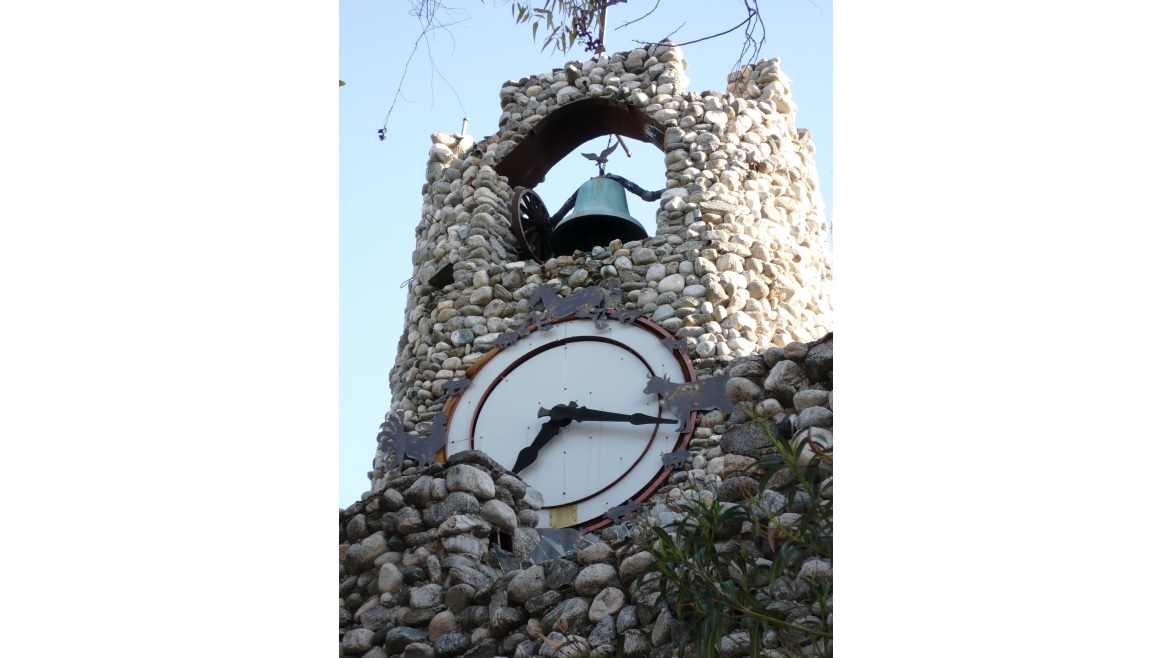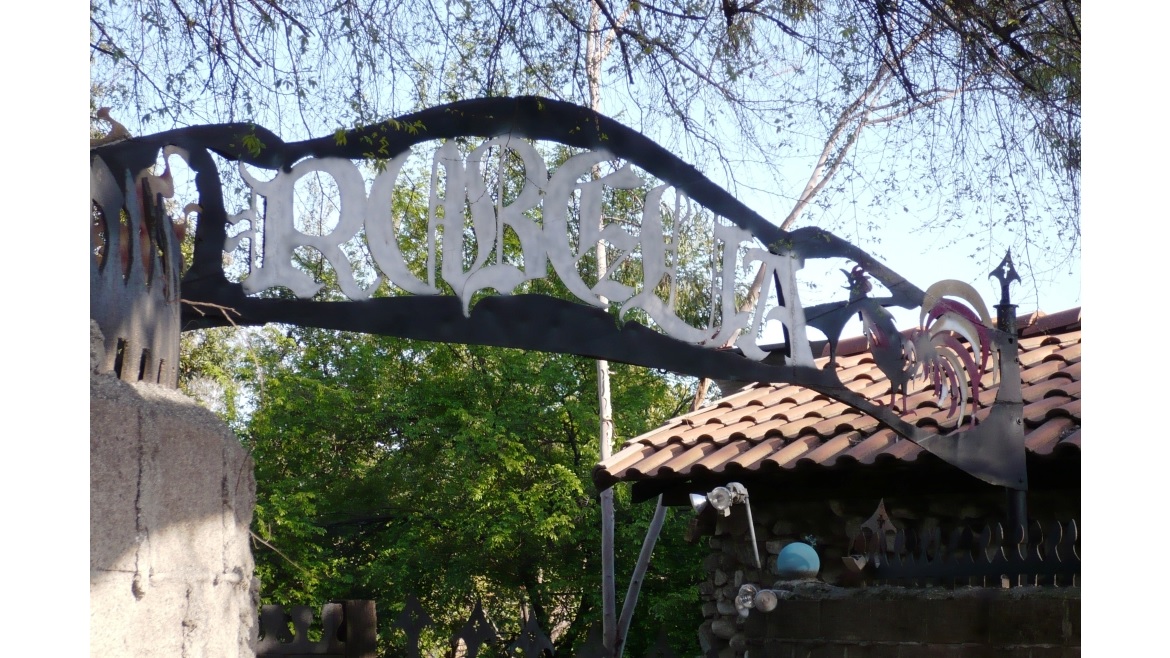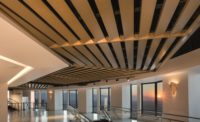Plans to preserve an iconic West Coast example of a folk-art environment — a monumental and idiosyncratic complex visited by such luminaries as Dwight Eisenhower and Alfred Hitchcock — have been announced by the national architecture firm Page & Turnbull and the Glendora Historical Society, which operates the popular destination and backdrop for TV and film shoots. The highly anticipated conservation plan, led by John Lesak, Page & Turnbull’s Los Angeles principal-in-charge, promises to both stabilize the artisan-influenced work and improve visitor engagement to the Rubel Castle Historic District.

Photo courtesy of Polylerus via Page & Turnbull
An uncommon and monumental example of construction using found objects by a self-trained craftsperson, Michael Rubel, Rubel Castle was “entirely built by hand by Rubel and his ‘pharmhands’ over several decades,” according to the historical society. “Its stone masonry was handcrafted of river rock, recycled materials and an assemblage of the relics and artifacts of Glendora’s early agricultural and industrial eras.” Nestled in the foothills of the San Gabriel Mountains, the 1.7-acre district centers on the walled, 22,000-square-foot castle complex. Inside and out, the landmark evinces its legacy stemming from the construction of an irrigation reservoir for a citrus farm in the early-1900s, as well as Rubel’s influential drive to repurpose materials in inventive ways.
“On the 10th anniversary of Rubel Castle being added to the National Register of Historic Places, we see Michael Rubel’s work as an extraordinary cultural touchstone and a valuable work of folk art and outsider architecture,” Lesak said. “It is gratifying to help conserve this unique complex built of ready-made and natural materials, including recycled pieces applied in ways that could be more widely adopted today.”
According to Lesak, Page & Turnbull’s detailed preservation plan presents a customized program for 23 separate areas and addresses structural and safety needs, rehabilitation of key infrastructure, restoration of deteriorated wood and masonry, and critical improvements to prevent future flooding and water intrusion.

Photo courtesy of Polylerus via Page & Turnbull
Actively building from the 1960s through the mid-1980s, Rubel and his collaborators saw their work as a response to the banality of commercial culture. Their handcrafted, additive approach to Rubel Castle and other buildings in the historic district are highlighted by character-defining features as outlined by Page & Turnbull, including the courtyard and walkway of brick pavers with glazed ceramic tile accents and a sculptural open stairway made of steel, concrete, wood and a repurposed tombstone. Also notable are railings assembled from recycled wood grills, wagon wheels, rail tracks and other miscellany. Roof beams and opening transoms were fashioned from telephone poles, and walls are constructed of boulder-sized river rocks, granite slabs and steel piping — along with embedded accents of bicycle parts and household appliances.
A prized tourist destination, Rubel Castle features a museum in a citrus packing house, known as the Tin Palace, where Rubel and his mother lived after he converted the structure’s original coolers into bedrooms. There is also a bottle house, a Santa Fe Railroad caboose, a clock tower and a dungeon. Lesak adds that 2023 also marks the 70th anniversary of the property’s lemon house, completed in 1943.
Page & Turnbull is a national leader in major cultural and arts projects with a focus on architecture and preservation architecture. Recent works include the Cheech Marin Museum for Chicano Art and Culture in Riverside, California, the Walt Disney Family Museum in Presidio of San Francisco, and the Greek Theatre in Los Angeles.





Report Abusive Comment